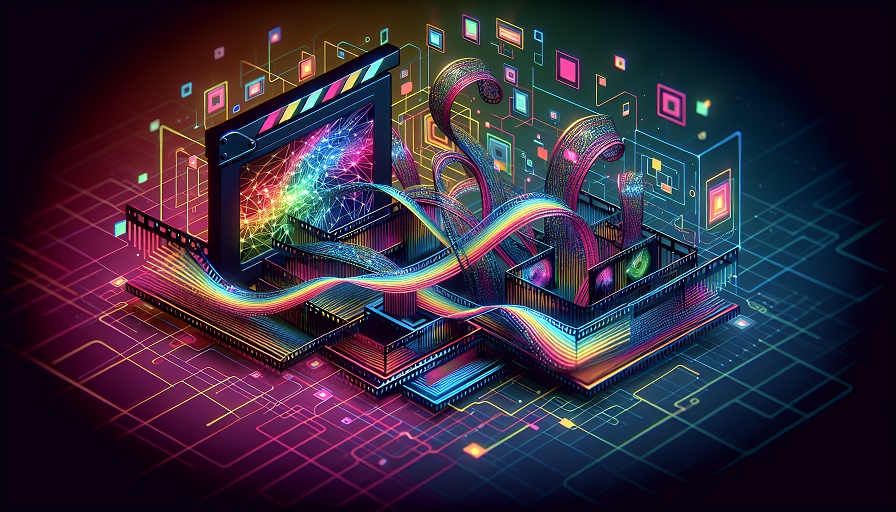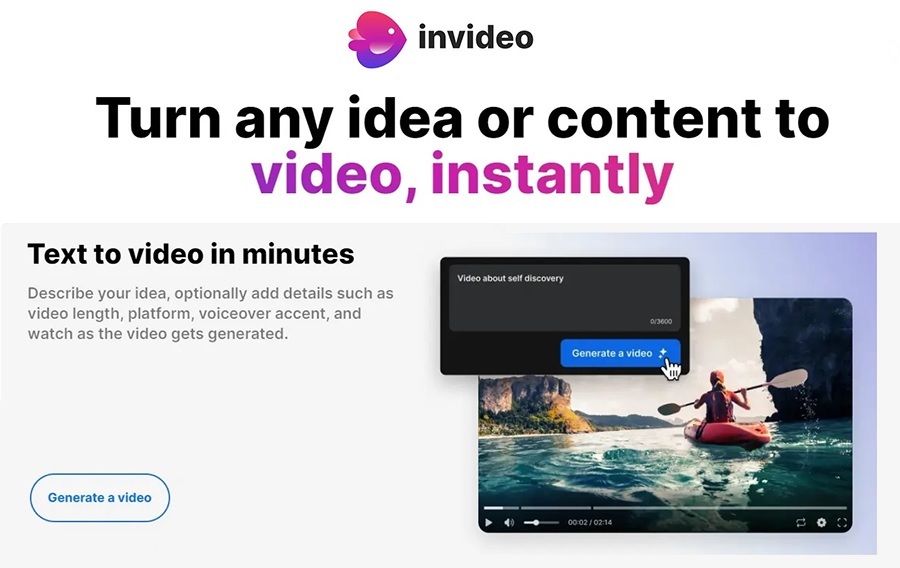
Video is the digital world’s universal language. From social media to corporate training, it captures attention, builds trust, and inspires action. But until recently, producing professional-quality video was no easy feat. It demanded technical know-how, expensive software, long hours of editing, and access to professional equipment. This created a huge gap between those who had resources and those who had stories to tell but lacked the means. Artificial intelligence is closing that gap. By automating technical processes and simplifying production, AI is making video creation possible for anyone – no editing skills required. This democratization of video is reshaping who gets to share ideas, teach, market, and inspire through moving images.
Contents
The Barriers of Traditional Video Production
Before AI, video production was notoriously inaccessible to beginners. Editing software like Adobe Premiere or Final Cut Pro required hours of tutorials to master. Tasks such as syncing audio, trimming clips, adding captions, and balancing color levels could overwhelm newcomers. Hiring professionals was often the only option, but that came at a high cost. As a result, small businesses, nonprofits, educators, and individuals were shut out of using video at scale. This exclusivity created a landscape where polished video content was largely the domain of corporations and media agencies.
How AI Levels the Playing Field
AI video tools break down these barriers by automating repetitive, technical steps. Instead of learning dozens of software features, users can type instructions or upload raw content and let AI handle the rest. Tasks that once required specialized skills are now accessible through intuitive platforms that guide users every step of the way.
Text-to-Video Technology
One of the most transformative AI features is text-to-video. By entering a script or short description, users can generate complete videos with visuals, transitions, and narration. For instance, a local bakery owner can type, “Create a 45-second promo for our holiday cookies,” and AI will produce a ready-to-share marketing video. This removes the steep learning curve of traditional editing and gives creators confidence to produce content regularly.
AI Voiceovers and Multilingual Narration
Voiceovers were once a major barrier for non-technical creators. Not everyone has access to recording equipment or feels comfortable narrating on camera. AI voice synthesis now generates natural-sounding narration in dozens of languages and accents. This makes videos globally accessible and allows nonprofits, small businesses, and educators to reach diverse audiences without hiring voice actors.
Automated Editing and Branding
AI can trim silences, cut filler words, balance sound, and enhance visuals automatically. Templates apply consistent branding, ensuring logos, fonts, and color schemes align across multiple videos. These automations allow beginners to produce polished videos that look like they came from a professional studio, all with minimal effort.
Empowering Small Businesses and Entrepreneurs
Small businesses thrive on visibility, yet historically lacked resources for video marketing. AI changes that equation. Entrepreneurs can now create product demos, customer testimonials, and social media ads without outsourcing. For example, a personal trainer can record workout sessions and let AI polish them into tutorial videos, complete with captions and background music. This reduces costs, saves time, and ensures smaller players can compete with larger companies in crowded markets.
Impact on Education and Learning
Education has also been transformed by AI-driven video tools. Teachers can convert lesson plans into animated explainers, making abstract concepts easier to understand. Students, in turn, can create video projects that demonstrate learning, even without prior editing experience. In regions where access to technology and resources is limited, AI makes it possible for schools to produce engaging content without additional staff or equipment. This supports more equitable learning environments and prepares students for a digital-first future.
Community and Nonprofit Voices Amplified
Nonprofits and community groups often operate on tight budgets. Professional video production was once out of reach, limiting their ability to tell stories and advocate for change. AI tools now empower these groups to produce high-quality awareness campaigns, donor appeals, and training materials quickly and affordably. Imagine a grassroots environmental group creating a multilingual explainer video on recycling within days instead of months. This newfound efficiency amplifies their message and broadens their impact.
Case Studies in Accessibility
Consider a fitness instructor who once struggled to produce video classes due to lack of editing experience. Today, AI platforms allow them to upload raw workout footage and automatically generate professional tutorials with captions and music. Or picture a nonprofit advocating for mental health awareness. Instead of paying agencies, they can turn written mission statements into animated explainers with voiceover in multiple languages. These real-world cases highlight how AI breaks down skill barriers and empowers more people to tell their stories.
Challenges and Considerations
While AI makes video creation accessible, it is not without challenges. Automated results can sometimes feel generic if users rely only on templates. Storytelling still requires human input to add emotion, authenticity, and context. Ethical questions also arise around transparency – audiences should know when content is AI-generated. Furthermore, while AI reduces skill requirements, access to reliable internet and digital devices is still a barrier for some communities. True democratization requires not only advanced tools but also equitable access to them.
The Future of Skill-Free Video Creation
The future of AI in video creation promises even greater accessibility. Soon, voice commands may allow users to create videos by simply describing what they want. Personalized AI assistants could learn a user’s style and apply it automatically across projects. Integration with augmented and virtual reality may enable immersive videos built by ordinary people, blurring the lines between amateur and professional production. These advancements point to a future where storytelling is truly universal, not limited by money or technical skills.
AI has leveled the playing field in video creation. By removing technical barriers, it allows anyone – small businesses, educators, nonprofits, or individuals – to share their stories with the world. While human creativity remains essential for authenticity and emotional connection, AI ensures that no one is excluded simply because they lack technical expertise. The result is a more inclusive digital landscape where every voice has the potential to be heard, regardless of skill or budget.

